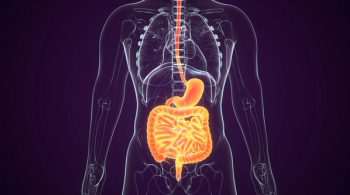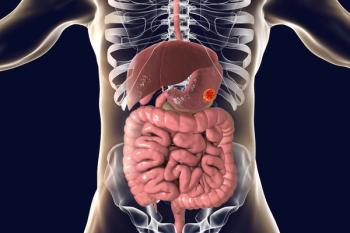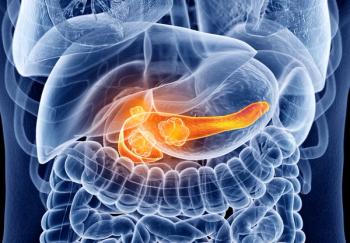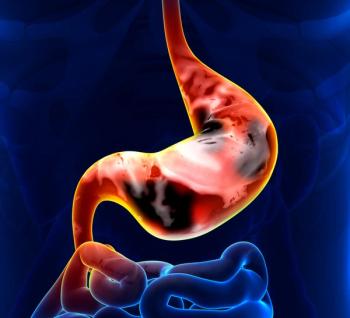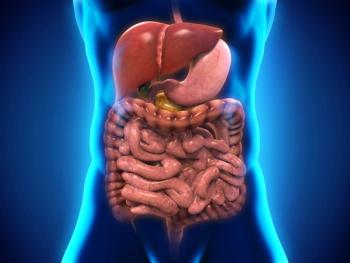
ASCO GI: Three Molecular Colorectal Cancer Subtypes in New Diagnostic Classification System
An international group of researchers have collaborated on an unbiased genome-wide analysis of colorectal cancer, coming up with three distinct molecular subtypes that are potentially clinically relevant and are varying in their biology and clinical outcomes.
An international group of researchers have collaborated on an unbiased genome-wide analysis of colorectal cancer to attempt to molecularly classify colorectal tumors. Unlike in breast cancer, there is currently no molecular classification of colorectal cancers that facilitates diagnosis, prognosis, and guides treatment choice. The team came up with three distinct molecular subtypes that are potentially clinically relevant and are varying in their biology and clinical outcomes. These results were presented at the American Society of Clinical Oncology (ASCO) 2013 Gastrointestinal (GI) Cancers Symposium held January 24–26 in San Francisco.
According to Josep Tabernero, MD, director of clinical research at Vall d’Hebron Institute of Oncology in Barcelona, Spain, who spoke at a press conference at ASCO GI, the study shows three distinct subtypes that can be used to develop molecular tests to identify patients who have higher risk colorectal cancer and to predict which patients are more likely to respond to chemotherapy and targeted agents.
The team, which included Tabernero and Ren Bernards, PhD, head of the molecular carcinogenesis division at the Netherlands Cancer Institute in Amsterdam, analyzed genome-wide gene expression patterns from 188 colorectal cancers. Stage I to IV tumor samples were analyzed. The molecular subtype classification that emerged from this sample set was then used on a validation dataset of 543 samples from patients with stage II and III colorectal cancer. The subtypes were correlated to clinical information, molecular biomarker status and chemotherapy response for each patient.
Three Colorectal Subtypes
Among the validation dataset, 21.5% of samples were subtype A, 62% were subtype B, and 16.5% were subtype C. The major characteristics that differed among these subtypes were the epithelial-to mesenchymal transition, a marker associated with more aggressive tumors; defects in mismatch repair genes, which are responsible for correcting DNA replication errors that are associated with high rates of genetic mutations; and rate of cell proliferation.
According to the results, subtype A and B have better clinical outcomes compared to subtype C patients. Subtype A and B patients may benefit from adjuvant chemotherapy. A decade-long follow-up showed that subtype C patients had the worse prognosis and did not benefit from adjuvant chemotherapy.
Subtypes A and C have a higher mutation frequency due to the mismatch repair deficiency in these two subtypes. All of the subtypes included tumors with a BRAF mutation-39% of subtype A, 2% of subtype B, and 16% of subtype C harbored a BRAF mutation. Subtypes A and C had more frequent mutations in PI3KCA and KRAS compared to subtype B.
Because there are not just one or two mutations unique to each subtype, Bernards said that the only way to unambiguously assign patients to each of the three subtypes is through gene expression analysis. Agendia, a molecular cancer diagnostics company with headquarters in Amsterdam, and laboratories based in Irvine, California, has developed a gene profile to identify each of the three colorectal cancer subtypes. “We will publish this gene signature in the near future,” noted Bernards.
Implications and Next Steps
Bernards believes that more extensive gene profiling is necessary to stratify cancer patients with different tumor types, noting that the implication from this study is that patients cannot simply be stratified by mutation only. “This subtyping identifies subgroups having different biologies, just like the basal and luminal breast cancers have differences in response to chemotherapy and prognosis,” said Bernards.
The study authors are planning to study these three subtypes as part of clinical trials in partnership with pharmaceutical companies. “The subtypes each clearly have a different biology, and hence also likely to have different responses to therapy,” said Bernards. “This will be helpful in stratifying patients on the context of clinical trials.”
Newsletter
Stay up to date on recent advances in the multidisciplinary approach to cancer.


